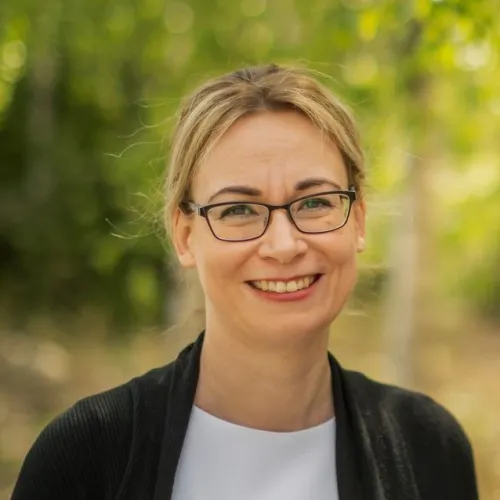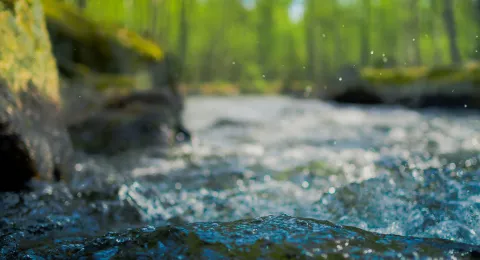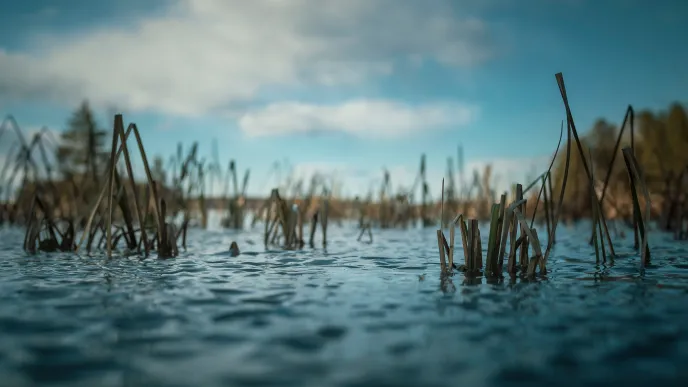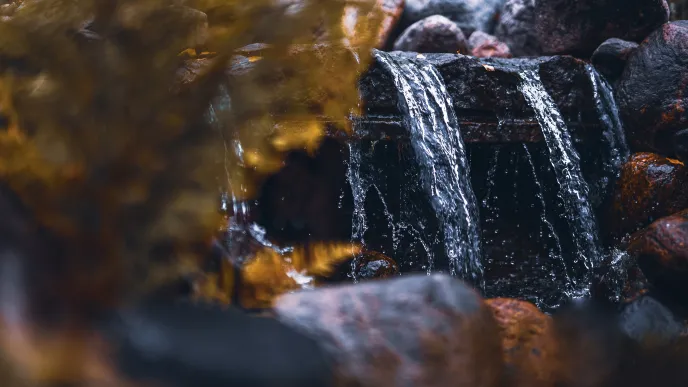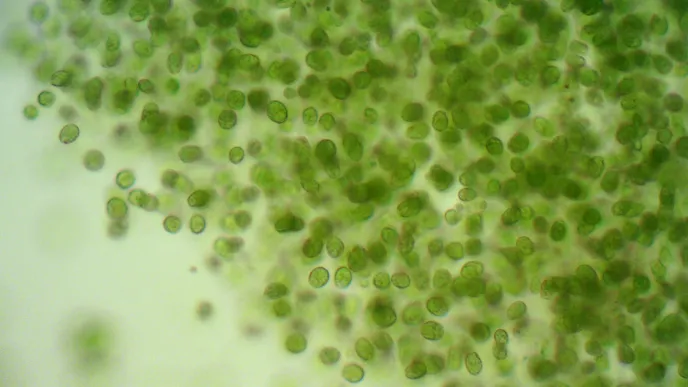Certain areas in the world have always been plagued by aridity and water shortage, but due to climate change-related heat waves, the problem is expanding to new areas. Countries such as Germany and France prepared for the summer drought with their own water strategies, which aimed for society, businesses and private citizens to adapt their water consumption to drier conditions.
“People in Europe and especially in Finland rarely think twice about their water consumption. Here, clean water is low-cost and in ample supply,” says the dean of the LUT School of Engineering Sciences, Mari Kallioinen-Mänttäri.
What's the water crisis all about?
People often associate the water crisis to the driest areas of Africa, where there isn’t enough clean water to drink or maintain basic hygiene. That’s only part of the truth.
In recent years, the water shortage has also reached Europe. Extended heat spells have lowered the water surface in Central European rivers, lakes and reservoirs. In the Netherlands, some channels dried up almost completely during the summer of 2022, and certain stretches of the Rhine and the Danube, which are major European rivers, nearly ran dry. (Source: yle.fi)
The water shortage has had a significant impact on agriculture. For example, because of last summer’s draught, the tomato crop in Southern Europe was at an all-time low, which also reflected on tomato prices up north in Finland.
“Water crises are no longer reported only in Africa but also in areas with a previously ample supply of water. The situation is dire. French President Emmanuel Macron has already talked about preventing possible water wars, which can be considered extremely hard rhetoric,” Kallioinen-Mänttäri analyses.
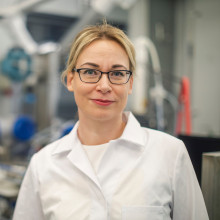
What are water wars?
A water war is literally a conflict over access to water resources. Water bodies cannot actually be owned because they don’t comply with boundaries of national states. That’s why access to water and its use are complicated issues.
A practical example of the looming threat of a water war is the Grand Ethiopian Renaissance Dam (GERD) on the Blue Nile. Ethiopia is hoping the dam will save the country from poverty. Downriver, however, Egypt is afraid that it will reduce the flow of the Nile, thus affecting Egypt’s agriculture and economy. The situation has been escalating since 2011 and is far from resolved. Nevertheless, the construction of the GERD is close to completion, and part of the dam is already in use. (Source: ulkopolitist.fi)
“Clean water resources are a cross-border issue. One aspect is how water is used within a country, but what about when water flows from one country to another? The same applies to polluted water. It spreads easily to large areas and affects them all,” Kallioinen-Mänttäri remarks.
In global comparison, Finland’s water resources are plentiful. Regardless, the country experiences ripple effects of the water crisis, such as surging prices and drought-related migration. Kallioinen-Mänttäri raises EU regulation as a practical example: “Additional regulations aiming for the preservation of water resources may be imposed on Finland. At the moment, Finland’s wastewater system quite carefreely uses clean water to flush waste down the toilet.”
Why do we need to resolve the water crisis?
Water is necessary to sustain life. As water resources are dwindling, it’s important to make sure there’s enough to go around for as many as possible.
“The water crisis can turn out to be a bigger issue than the energy crisis, because water is a life-sustaining resource. We cannot survive without it,” Kallioinen-Mänttäri states.
In addition to drinking, water is needed for purposes such as hygiene, food production, energy generation, industry, and transportation. In other words, access to water has a direct impact on the availability of food and energy. How much we use groundwater and surface water forms our water footprint. Research can help calculate the water footprint of operations and find ways to save water.
What's LUT University doing to resolve the water crisis?
Before she was appointed dean, Mari Kallioinen-Mänttäri was a professor of separation science at LUT. Separation science develops and studies water treatment processes that enable the recycling and reuse of water in, for instance, forest industry processes. At LUT, students can specialize in separation science in the Master's Programme in Water Technology.
“Several projects on the renewal of municipal water treatment are underway at LUT as we speak. They’re aiming for the use of sewage as a resource by recovering nutrients, utilizing its energy content more efficiently, and purifying the water for reuse. LUT has also developed industrial processes related to the reuse of water in order to reduce the water consumption and environmental load of industrial plants.”
Because water is a complex issue, mere engineering will not suffice. Technology can increase efficiency in many areas, but so far, there has been little need for it. The adoption of water technology and the distribution and valuation of water resources are societal matters.
“Resolving the issue requires not only engineering but agreements and societal and political understanding. LUT's Master's Programme in Social Sciences helps understand the water system and technological possibilities from this perspective,” Kallioinen-Mänttäri sums up.
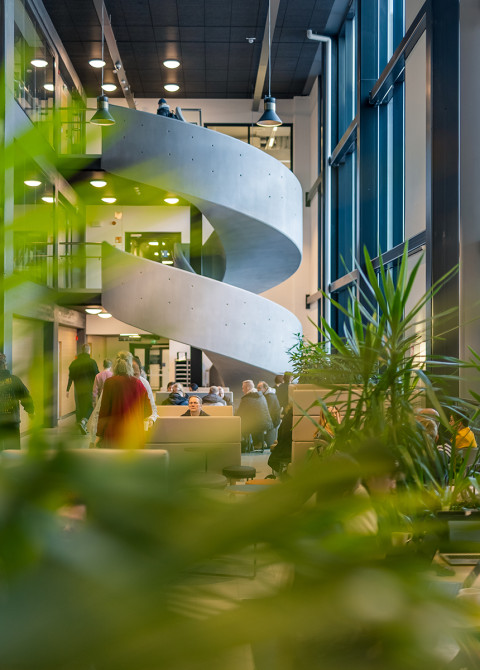
More information
